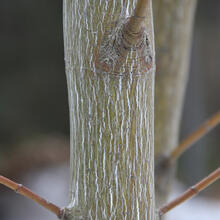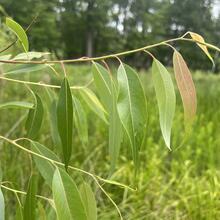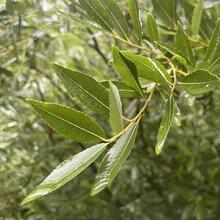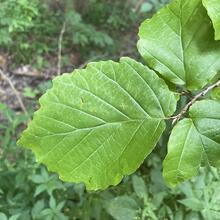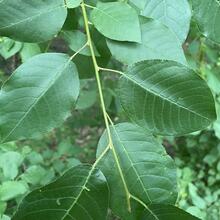Acer pensylvanicum
Sapindaceae
A small understory tree with distinctive striped bark. In cultivation, may be confused with similar Asian species, Snakebark maples.
Summary
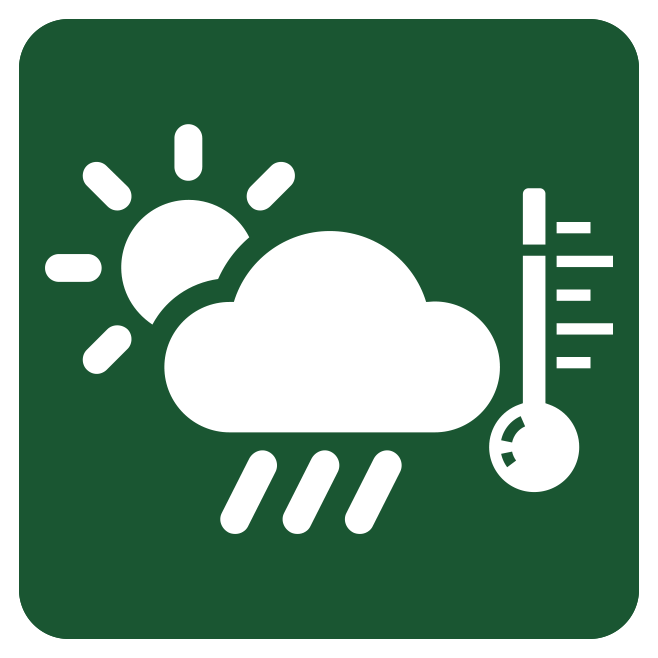 Climate Tolerance
Climate Tolerance
Very Poor
Wildlife Benefits
Early source of nectar; moth/butterfly host; bat roosting site
Pollination Type
Wind
Plant Hardiness Zones
3 to 7
# Butterfly/Moths that use as host
273
Bloom Time
Spring (Apr-May)
 Shade/Sun Tolerance
Shade/Sun Tolerance
Part Shade to Shade: Receives less than 2 to 4 hours of direct sunlight or dappled shade all day
 Maximum Height
Maximum Height
Small (15-40 ft)
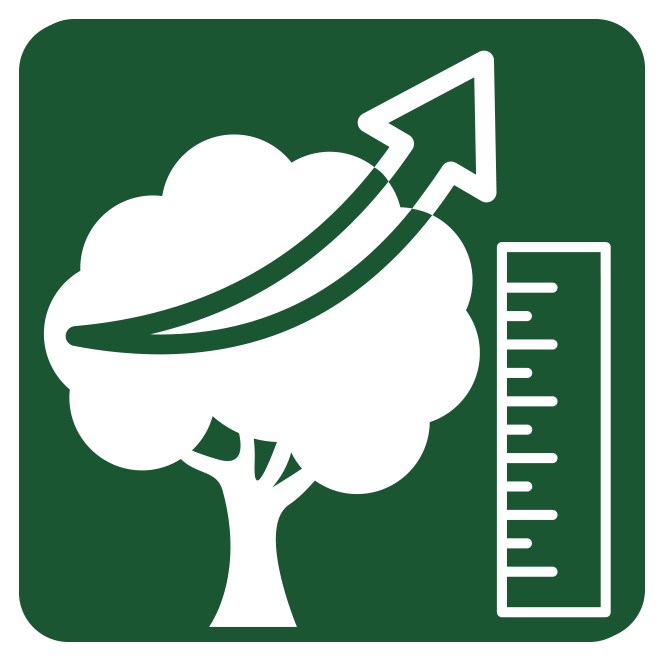 Growth Rate
Growth Rate
Slow: 1 ft or less per year
 Soil Type
Soil Type
Loam: Equal mix of clay, sand, and silt. Moderate moisture retention and high nutrient availability.
Sand: Large/coarse particles. Short moisture retention and low nutrient availability.
 Soil Moisture Tolerance
Soil Moisture Tolerance
Moist: Soil can remain damp and does not normally retain standing water
Root - Fungal Association
Arbuscular mycorrhizae: Symbiotic relationship with fungi that exist on inside of plant root cells, facilitating nutrient uptake
Pest & Pathogen Risks
Low; Verticillium wilt
 Urban Stress Tolerance
Urban Stress Tolerance
Low: Tree will not grow well in the urban environment
Drought Tolerance
Sensitive: Tree will become stressed during periods of drought
Coefficient of Conservatism
10
Native Status
OH-Native: Species is native to Ohio
NatureServe G-rank
G5
Plant Community Type
- Beech Mixed: Rare
- Oak Mixed: Absent
- Alluvial: Absent
- Red Maple Mixed: Absent
- Ruderal: Absent
Bloom Color
Brown
Green
Yellow
Form
Tree
 Lifespan
Lifespan
Short: Less than 100 years
Soil pH
Acidic (pH<6.8)
Wetland Indicator Status
FACU: Facultative Upland, usually occurs in non-wetlands, but may occur in wetlands
Soil Compaction Tolerance
Sensitive: Tree will become stressed from soil being compacted
Heat Tolerance
Sensitive: Tree will become stressed from increased temperature due to urban heat island effects
Salt Tolerant
Sensitive: Intolerant to either aerial salt spray and/or salt present in soil
Native County Status
Lake
IUCN Red List Assessment
Least Concern
